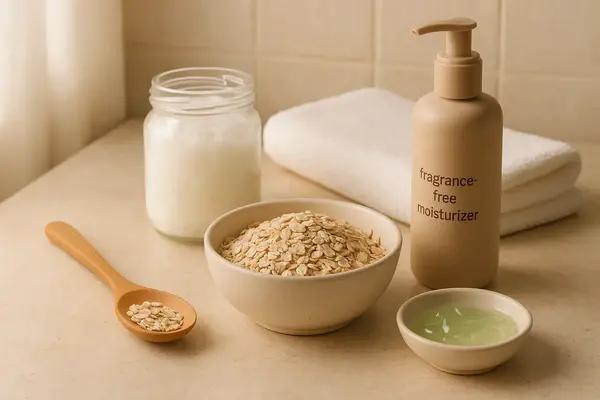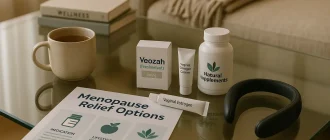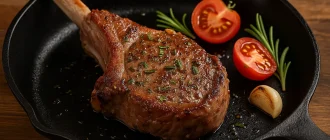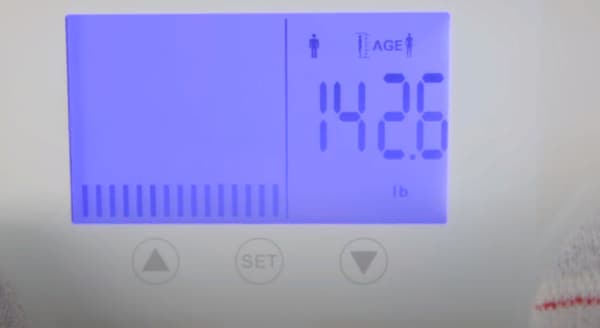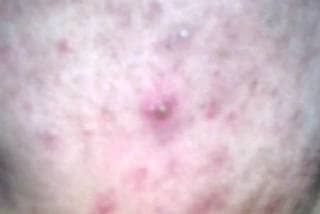Does your skin suddenly itch more at night? Do your hands or belly start to feel like they’re on fire without a visible rash? Or maybe you’ve found yourself scratching your growing baby bump more than usual and wondering — is this normal?
Pregnancy Weeks When Itching Most Commonly Starts
This horizontal bar chart displays when itching most commonly begins during pregnancy. The most frequent onset is between weeks 31–36, followed by weeks 25–30. Early pregnancy weeks are much less likely to be associated with itching onse
Itching during pregnancy can sneak up in surprising ways and at unexpected times. While often harmless, in some cases it can signal something deeper that deserves your attention.
What Causes Itching During Pregnancy?
Itching during pregnancy can feel like your skin’s throwing a protest rally — and it’s more common than many think. About 20% of pregnant women in the U.S. experience moderate to severe itching, especially in the second and third trimesters.
Top Causes of Itching During Pregnancy
| Cause | Percentage of Cases (%) |
|---|---|
| Dry Skin | 30% |
| Stretching Skin | 25% |
| Hormonal Changes | 20% |
| Cholestasis | 12% |
| PUPPP | 8% |
| Allergic Reactions | 5% |
This chart shows the most common causes of itching during pregnancy. Dry and stretching skin are the leading contributors, while more serious conditions like cholestasis and PUPPP account for a smaller
Here are the most common causes:
1. Hormonal Shifts
Estrogen levels surge during pregnancy, especially in the second and third trimesters. This hormonal spike influences many systems, including the liver, which may slow bile flow and cause a buildup of bile acids in the bloodstream — one of the root triggers of intrahepatic cholestasis of pregnancy (ICP). This buildup leads to deep, persistent itchiness without visible rash. Though not all hormonal itching points to ICP, it’s a key player in unexplained body-wide itching, especially when other liver-related symptoms appear. Studies show that hormonal imbalance accounts for roughly 30–40% of unexplained itch cases during pregnancy.
2. Skin Stretching
As your belly, breasts, hips, and thighs grow to accommodate the baby, the skin stretches rapidly, often faster than the body can keep it hydrated. This stretching can lead to microscopic tears in the upper layers of skin and a breakdown of collagen support, which the brain registers as an itch. This is especially common in the third trimester and typically affects areas under tension. It’s one of the most frequent complaints and affects more than 60% of pregnant women.
3. Pruritic Urticarial Papules and Plaques of Pregnancy (PUPPP)
PUPPP is a benign but extremely uncomfortable skin condition unique to pregnancy. It begins as small red bumps in stretch-marked areas and evolves into itchy plaques. The rash typically starts on the abdomen and can spread to the thighs, buttocks, and arms — but rarely affects the face. It usually appears in first-time mothers late in the third trimester and is estimated to affect 1 in 150 pregnancies. While not dangerous for the baby, the itching can become unbearable without treatment. Distinguishing signs include a rash confined to stretch marks and an absence of systemic symptoms.
4. Intrahepatic Cholestasis of Pregnancy (ICP)
ICP is a liver disorder that affects the normal flow of bile and is considered the most medically concerning cause of itching during pregnancy. It affects approximately 1 in 1,000 pregnancies in the U.S., with higher rates among women carrying multiples or with a family history of liver disorders. The hallmark sign is severe, relentless itching — especially on the palms and soles — and it often worsens at night. Unlike PUPPP, ICP presents without a rash but may come with other warning signs: dark urine, pale stool, jaundice, and upper abdominal discomfort. Prompt diagnosis is vital, as ICP is linked to risks like preterm labor and fetal distress.
5. Dry Skin and Heat
A seemingly simple but widespread reason: dry air and elevated body temperature during pregnancy. As the pregnancy progresses, your metabolism revs up, increasing your internal body heat. Combine this with dry weather, hot showers, or central heating, and the result is dry, flaky, and irritated skin. While it may sound minor, about 50% of women report itchy, dry skin as a dominant discomfort in their second and third trimesters. Itching from dryness is typically diffuse and often improves with moisturizers and environmental control.
Symptoms to Watch For
Recognizing the nature and pattern of itching symptoms is crucial in determining whether you’re dealing with a harmless side effect of pregnancy or a more serious condition. Here’s a breakdown of what to look for — and what each sign may indicate.
1. Persistent Itchiness (Especially at Night)
- How it feels: A deep, crawling or burning itch that seems to worsen after sundown.
- Possible link: Often an early sign of Intrahepatic Cholestasis of Pregnancy (ICP).
- Key indicator: If sleep is being interrupted due to the discomfort, it’s time to raise the red flag.
2. Redness or Rash (May or May Not Be Present)
- How it feels: Rash may be patchy, inflamed, or hive-like.
- Common cause: Frequently associated with PUPPP or eczema flare-ups.
- Distinction: The presence of a rash usually points to a dermatologic origin rather than liver-related issues.
3. Itching Without Visible Irritation
- How it feels: Invisible, yet incredibly irritating; feels like it’s under the skin.
- Cause for concern: This is the hallmark of ICP. Since there’s no visible rash, it’s often misattributed to dry skin.
- Accompanying symptoms: Dark urine, pale stool, fatigue, and right upper abdominal discomfort may follow.
4. Focused Itching on Palms and Soles
- How it feels: A tingling or burning itch that targets specific areas like the hands and feet.
- Why it matters: This is the most telling symptom of ICP. If it’s focused and not general, don’t wait — call your doctor.
5. Mild, All-Over Itch
- How it feels: A generalized dryness or tightness in the skin.
- Likely culprit: Hormonal changes and skin stretching.
- Note: While common and usually harmless, this type of itch can still benefit from moisturizers and lifestyle adjustments.
Important Clue: If the itching is progressive — meaning it starts off light and increases in intensity, especially overnight — it’s more likely to be liver-related than just skin dryness.
Diagnostics for Itching During Pregnancy: Tests, Accuracy, and Cost
Itching during pregnancy can be more than skin deep — in some cases, it’s a symptom of serious conditions like intrahepatic cholestasis of pregnancy (ICP) or PUPPP. Proper diagnosis ensures safety for both mother and baby, and helps guide treatment. Here’s a detailed look at the most used diagnostic tools.
Liver Function Test (LFT)
- What it detects: Elevated liver enzymes and bile acids, especially linked to ICP.
- Procedure: A simple blood test performed in a clinic or hospital lab. No fasting required.
- When it’s used: If a patient reports palm and sole itching, especially at night, without a rash.
- Accuracy: ★★★★★★★★★☆ (9/10)
- Average cost: $35–$75 (USD) / €30–€70
- Time for results: 1–3 business days.
- Risk level if skipped: High — missing a diagnosis of ICP can lead to fetal distress or preterm birth.
Bile Acids Test (Total Serum Bile Acids)
- What it detects: Directly measures bile acid levels to confirm or rule out ICP.
- Procedure: Blood is drawn and analyzed specifically for bile acid concentration.
- When it’s used: Usually ordered with LFT if itching is intense and unexplained.
- Accuracy: ★★★★★★★★★☆ (9/10)
- Average cost: $45–$120 / €40–€110
- Time for results: 2–5 days (longer if sent to a specialty lab).
- Comment: Gold standard for diagnosing ICP.
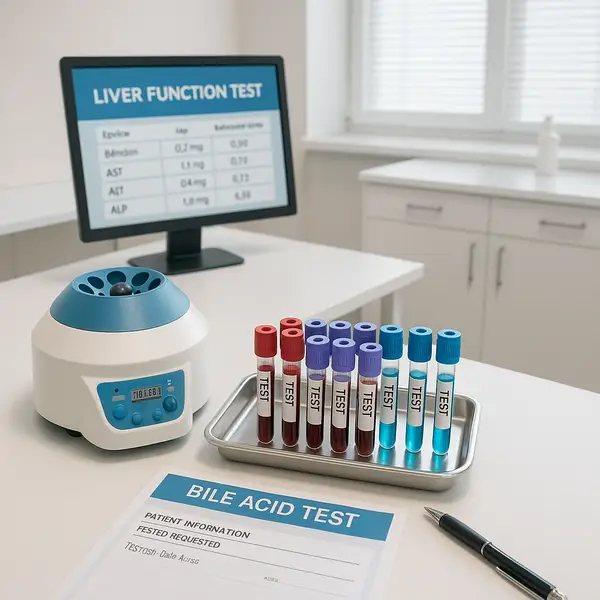
Complete Blood Count (CBC) & Liver Enzyme Panel
- What it detects: Identifies infections, anemia, and liver inflammation.
- Procedure: Routine blood draw at a lab or OB-GYN office.
- When it’s used: First-line screening when itching is reported.
- Accuracy: ★★★★★★★★☆☆ (8/10)
- Average cost: $30–$100 / €25–€90
- Comment: Cannot diagnose ICP alone but is a critical support test.
Skin Examination by Dermatologist or OB-GYN
- What it detects: Conditions like PUPPP, eczema, contact dermatitis.
- Procedure: Visual and tactile inspection, sometimes with a dermatoscope.
- When it’s used: When rash is present or itching is localized to specific areas.
- Accuracy: ★★★★★★★☆☆☆ (7.5/10)
- Cost: Often included in prenatal visits, or $75–$150 for dermatologist.
- Comment: Fast and effective for dermatologic causes, but limited in detecting internal disorders.
Ultrasound (if liver issues suspected)
- What it detects: Gallstones, liver abnormalities, or bile duct obstructions.
- Procedure: Standard abdominal ultrasound.
- When it’s used: Rare cases where liver function tests are abnormal or symptoms escalate.
- Accuracy: ★★★★★★★☆☆☆ (7.5/10)
- Cost: $100–$300 / €90–€270
Summary Table
| Test Name | Detects | Accuracy | Avg. Cost (USD/EUR) | Best Use Case |
|---|---|---|---|---|
| Liver Function Test | Bile acids, liver enzymes | 9/10 | $35–$75 / €30–€70 | Suspected ICP, palm/sole itch |
| Bile Acids Test | ICP confirmation | 9/10 | $45–$120 / €40–€110 | Gold standard for ICP diagnosis |
| CBC & Enzyme Panel | Inflammation, infection | 8/10 | $30–$100 / €25–€90 | Broad screening tool |
| Dermatological Exam | PUPPP, dermatitis | 7.5/10 | Included / $75–$150 | Rash or localized itching |
| Abdominal Ultrasound | Liver/gallbladder conditions | 7.5/10 | $100–$300 / €90–€270 | Used if labs indicate structural concerns |
Safe Home Remedies to Ease the Itch
Here’s where it gets comforting — literally. Each of these methods can offer significant relief when used correctly and consistently. We’ve included preparation tips, timing, and expert-rated effectiveness (on a scale of 1–10).
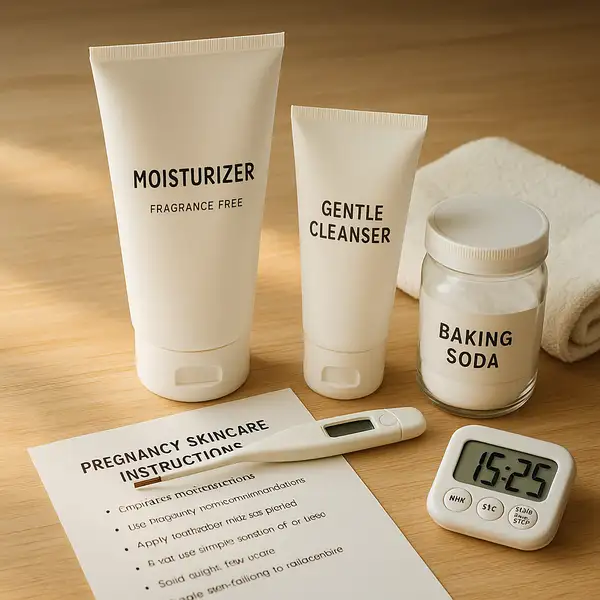
Oatmeal Baths
- How It Works: Colloidal oatmeal contains avenanthramides, which reduce inflammation and soothe irritated skin.
- How to Prepare: Add 1 cup (approx. 85 g) of colloidal oatmeal to a lukewarm bath. Soak for 15–20 minutes.
- Best Time to Use: Once daily or before bedtime for calming relief.
- Effectiveness Rating: 9/10
Coconut Oil
- How It Works: Contains fatty acids that restore the skin’s lipid barrier and provide a cooling sensation.
- How to Apply: Use cold-pressed, virgin coconut oil. Apply a thin layer after showering.
- Best Time to Use: Morning and evening.
- Effectiveness Rating: 8.5/10
Cold Compress
- How It Works: Reduces nerve activity and inflammation.
- How to Prepare: Wrap a few ice cubes in a cloth or use a cold gel pack. Apply for 5–10 minutes.
- Best Time to Use: During flare-ups.
- Effectiveness Rating: 7.5/10
Aloe Vera Gel
- How It Works: Anti-inflammatory and cooling properties.
- How to Apply: Use 100% aloe vera gel or fresh gel from a plant. Apply to itchy areas as needed.
- Effectiveness Rating: 8/10
Baking Soda Paste
- How It Works: Balances pH and reduces inflammation.
- How to Prepare: Mix 3 tbsp baking soda with water to form a paste. Apply for 10–15 minutes.
- Best Time to Use: Once daily.
- Effectiveness Rating: 7/10
Most Common Treatments for Pregnancy-Related Itching
This chart highlights the most commonly used treatments for pregnancy-related itching. Moisturizers are the leading option, while other methods like antihistamines, steroids, and home remedies share more modest usage rates.
When to See a Doctor
Don’t just grin and bear it. Call your healthcare provider if:
- The itching gets worse or disrupts sleep
- You see yellowing of the skin or eyes
- Itching is mainly on your hands and feet
- You notice dark urine or pale stool
Why this matters: ICP and similar conditions can increase the risk of preterm delivery or fetal distress. Jaundice, fatigue, and upper right abdominal pain are red flags. Early diagnosis ensures safer outcomes for both mother and baby.
| Symptom | Possible Concern | See a Doctor? |
|---|---|---|
| Mild itch, no rash | Hormonal or dry skin | Optional |
| Palm/sole itching at night | ICP | Yes, urgently |
| Rash in stretch marks | PUPPP | Yes, confirm & treat |
| Yellow skin/eyes | Liver dysfunction | Yes, immediately |
Prevention Tips from the Pros
Stay Cool
Wear loose, breathable cotton clothes. Avoid hot showers. Keep bedroom temp at 65–70°F (18–21°C).
Moisturize Daily
Use fragrance-free moisturizers like CeraVe or Vanicream right after showering.
Hydrate Well
Drink at least 80 oz (2.3 L) water daily. Add lemon or cucumber for taste.
Limit Hot Showers
Keep showers under 10 minutes. Use lukewarm water and mild soap.
Avoid Harsh Soaps
Use pH-balanced, hypoallergenic cleansers like Aveeno or Dove Sensitive.
Editorial Advice
Reyus Mammadli, healthcare advisor, recommends early communication with your OB-GYN if itching occurs, especially at night. “Don’t rely on Google. Itching might be a benign symptom or a sign of something that needs quick action,” he says. Modern diagnostics, like bile acid testing, have made early detection of conditions like ICP faster and safer. For everyday discomfort, gentle moisturizers and cooling remedies often bring solid relief.
Remember: scratching may feel good for a second, but soothing the skin wins in the long run.
References
- American College of Obstetricians and Gynecologists (ACOG) – Clinical guidance on intrahepatic cholestasis of pregnancy (ICP).
https://www.acog.org - Mayo Clinic – Overview of pregnancy symptoms and skin conditions.
https://www.mayoclinic.org - National Institutes of Health (NIH) – Research on pruritus and liver disease during pregnancy.
https://pubmed.ncbi.nlm.nih.gov - Cleveland Clinic – Symptoms and treatment of PUPPP and ICP.
https://my.clevelandclinic.org - DermNet NZ – Dermatological conditions of pregnancy including PUPPP and atopic eruption.
https://dermnetnz.org - Johns Hopkins Medicine – Diagnostic methods for cholestasis and common pregnancy liver conditions.
https://www.hopkinsmedicine.org - British Association of Dermatologists (BAD) – Patient leaflet on PUPPP and pregnancy rashes.
https://www.bad.org.uk - UpToDate – Clinical summaries and physician guidelines (subscription-based).
https://www.uptodate.com
About the Author
Reyus Mammadli is the author of this health blog since 2008. With a background in medical and biotechnical devices, he has over 15 years of experience working with medical literature and expert guidelines from WHO, CDC, Mayo Clinic, and others. His goal is to present clear, accurate health information for everyday readers — not as a substitute for medical advice.

